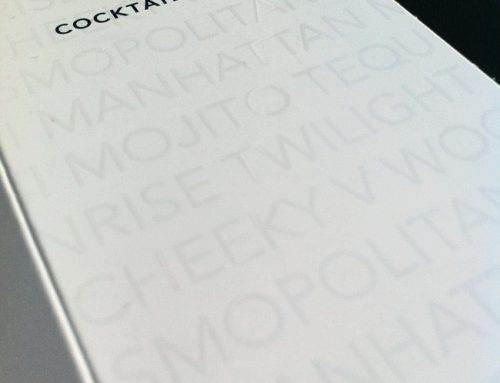If you have ever wondered or questioned how some printers can offer extremely low prices for certain printed items like business cards, flyers, postcards etc and others cannot, the difference is between bespoke print jobs and batch printing. Once you have approved your artwork to be printed, there are four steps to printing your product:
1. Pre-flight
The artwork is sent through a pre-flighting process. This ivolves taking your PDF and checking that the file is suitable for printing; ensure images have the proper colour format and resolution and that any fonts included have been embedded or changed to outlines. In bespoke printing the process is more thorough and depending on the printer, typos and spelling errors may even be picked up. If the printer spots somethign that is not correct they will contact you. In batch printing, only the essentials are checked (page size, colour) and the file will be printed despite any spelling errors. Either way, it is important for the file to be correctly prepared and proofed before submitting to print.
2. Pre-press and print
During pre-press the artwork is converted to make plates (digital printers do not go through this stage). The artwork is split into four colours – cyan, magenta, yellow and black (CMYK) and then each colour separation is used to make individual plates. In bespoke printing, you have requested to print a specific spot (pantone) colour and therefore an additional plate will be used. In batch printing, you do not have this option. The plates are attached to the printing press and are attached to large drums that rotate applying ink to the paper as the press runs. Paper is either loaded by a sheet fed paper feeder (individual sheets) or on a large roll of paper (web). Web presses tend to be used for much larger bespoke print jobs. In bespoke printing, it is only your job that runs on the press. Therefore, the price you pay will include the plates and setup of the printer. In batch printing, your job will be run at the same time as many others and therefore the setup costs are shared across multiple jobs allowing printers to reduce prices.
3. Collation and trimming
Once your print job has passed through the press, the individual sheets are collated, dried and sent to be trimmed. Large guillotines cut the paper along the crop marks. If your print is to undergo a specific finishing such as Matt lamination, spot uv, embossing or foil block, then these processes will happen before the print is trimmed.
4. Packing
The finished print is collated, strapped and packed into boxes. Large printing companies will have an automated system whey barcodes are applied right at the start of the process and will be packed into the correct boxes and despatched to the correct addresses.
Summary
Bespoke Printing
With bespoke printing, your print job is the only one to be on the press at the time. You have your own printing plates, your own choice of paper and can adjust the. Colours on press to get the exact finish for you. However, unless you’re printing a significant quantity the setup costs can make your job very expensive. For example; printing plates cost up wards of £50 per plate. Therefore your bill is £200 plus before you have select the paper. If you have chosen a specific paper, the printer may have to buy this stock specifically for your job meaning you will pay a premium price for the paper. The biggest cost of printing comes with running the printing press. We have many customer ask will they save money if they only print black and white or on a single side. The majority of cost is in running the press not the ink. 4 colour presses are run by a team of up to 6 people and therefore they make up the most of the cost of print.
Therefore if you’re looking to print a run of 500 business cards on a unique paper, expect to pay around £500 + vat.
Batch printing
Compare this with batch printing where your job is combined with other jobs. Batch printers will only use a selection of papers meaning they can buy the stock in bulk lowering the price for the print. As previously mentioned, the cost of the plates is shared between all the jobs as is the cost of running the press. Therefore, you don’t have the ability to adjust the colours on press or choose a beautiful unique paper. However, you can expect to pay around £50 for 500 business cards instead of £500!
The same savings are made throughout all printing process. If you choose to have spot uv business cards, the spot uv is also applied to a batch of jobs.
Business cards on our website start from £35 + vat for 250 or £45 + vat for 500 double sided business cards.
Contact us if you have any questions about our print, artwork or would like a quotation for your print.



